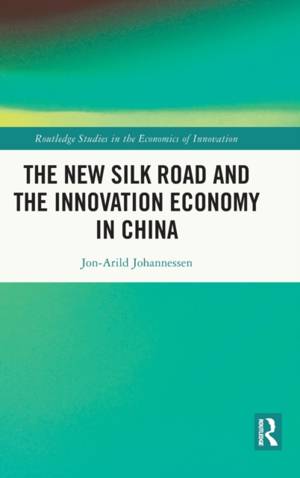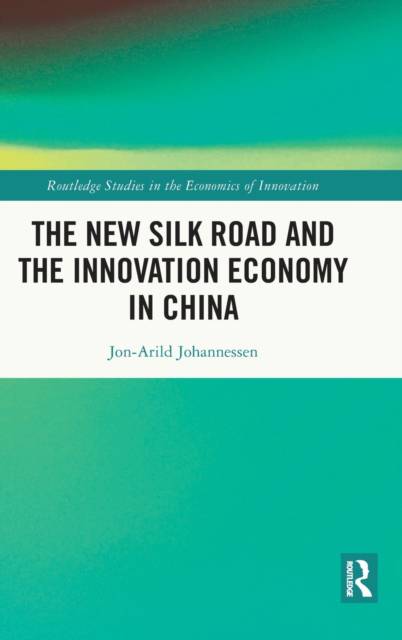
- Afhalen na 1 uur in een winkel met voorraad
- Gratis thuislevering in België vanaf € 30
- Ruim aanbod met 7 miljoen producten
- Afhalen na 1 uur in een winkel met voorraad
- Gratis thuislevering in België vanaf € 30
- Ruim aanbod met 7 miljoen producten
Omschrijving
This book provides deep insight into the emergent Chinese innovation economy, as we head towards the Fourth Industrial Revolution. It describes, discusses and analyzes the period from China's opening up to foreign investment in the 1980s until the New Silk Road project, from 2013 onwards. The developments are assessed from a systemic thinking and evolutionary economic standpoint.
The book presents the latest research findings on the direction and achievements of the Belt and Road Initiative, and the results both for China, the countries along the new Silk Road, as well as for Europe and the United States are brought to light. The author asserts that the phenomenon of the New Silk Road as an innovation generator can be understood and explained through the effects of various social mechanisms. He labels these five social mechanisms as: the locomotive force; the explosive force of the butterfly effect; the force of co-creation; the force of expectation; and the force of competence.
The book presents 20 cases to substantiate the descriptions, analysis, theoretical reflections and the practical utility of the questions examined in each chapter. It utilizes economic history research methods, scenario thinking, futures research and conceptual generalization to offer different views on the research problem under investigation. Further, the book offers policy suggestions, which include promoting effective macroeconomic policies, and extending microeconomic cooperation schemes, related to the innovation economy.
The book will appeal to academics, researchers and graduate students concerned with Chinese economic expansion, Chinese foreign policy and US- and Europe-China relations, as well as policymakers and political advisors.
Specificaties
Betrokkenen
- Auteur(s):
- Uitgeverij:
Inhoud
- Aantal bladzijden:
- 194
- Taal:
- Engels
- Reeks:
Eigenschappen
- Productcode (EAN):
- 9781032328362
- Verschijningsdatum:
- 28/02/2023
- Uitvoering:
- Hardcover
- Formaat:
- Genaaid
- Afmetingen:
- 156 mm x 234 mm
- Gewicht:
- 471 g

Alleen bij Standaard Boekhandel
Beoordelingen
We publiceren alleen reviews die voldoen aan de voorwaarden voor reviews. Bekijk onze voorwaarden voor reviews.











